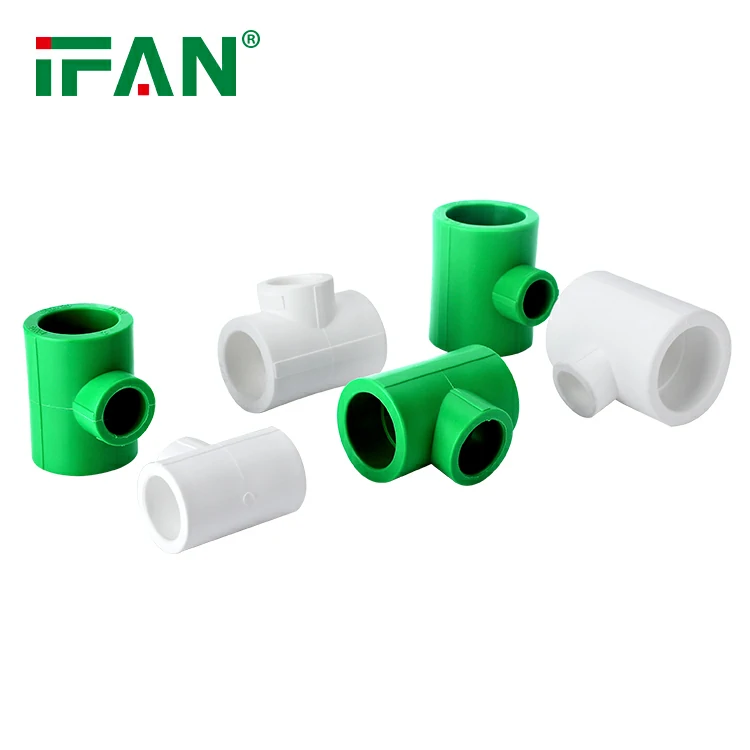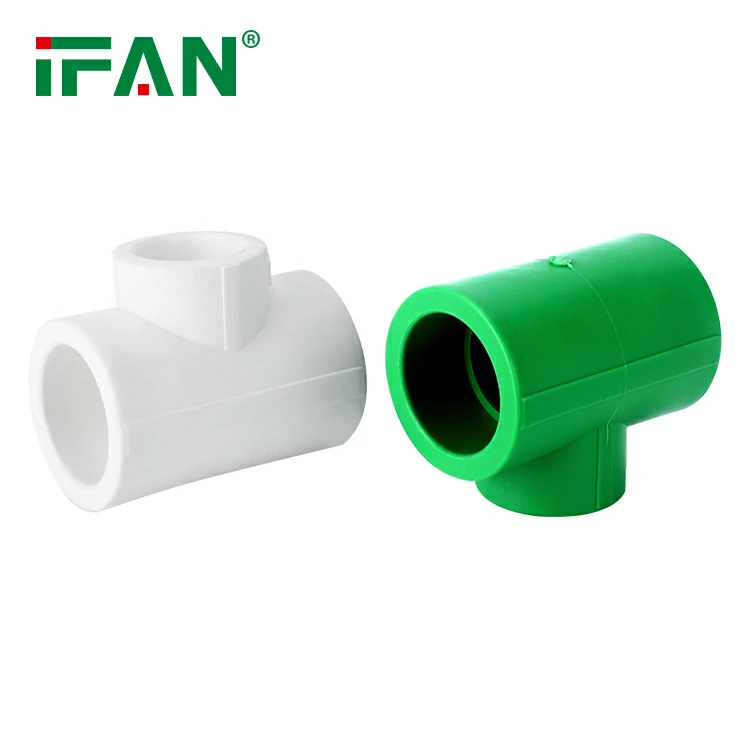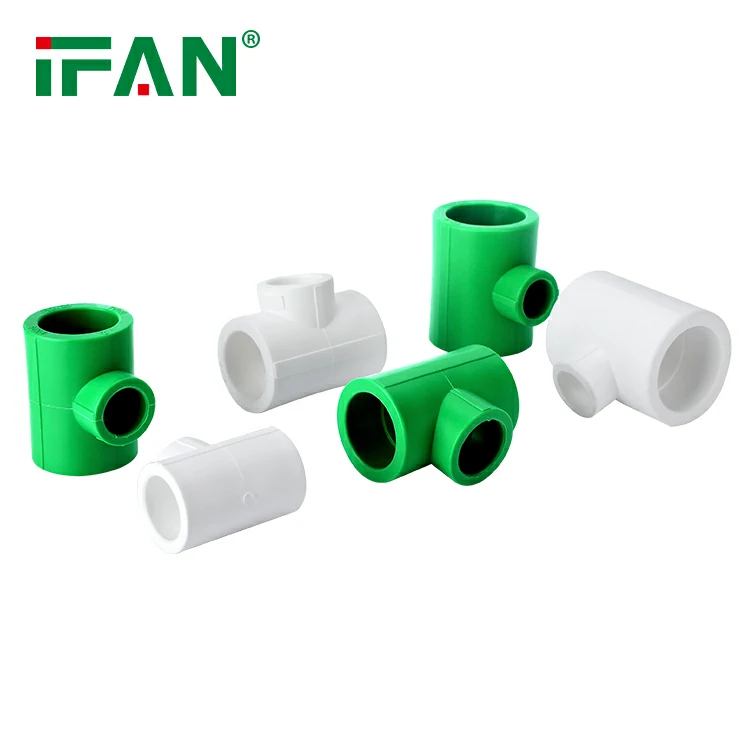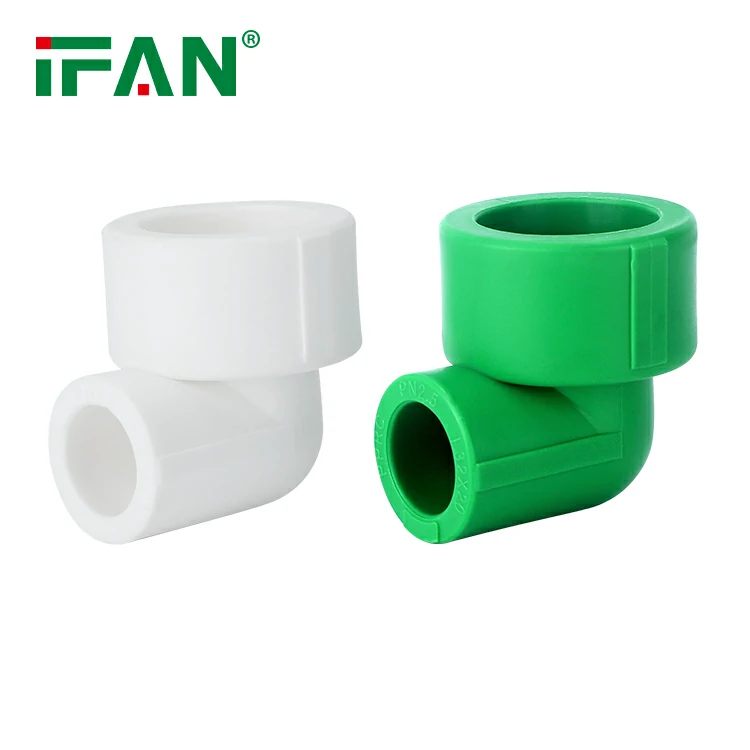Introduction
As the world continues to evolve, so does the demand for efficient and reliable water management solutions. Among the leading innovations in this sector is the PPR (Polypropylene Random Copolymer) pipe, which has transformed the plumbing and construction industries. Othmann, a prominent name in the PPR pipe market, is celebrating a remarkable 30-year legacy of excellence and innovation. This article explores the journey of Othmann in the PPR pipe industry, highlighting the features, benefits, and future prospects of PPR pipes as essential components of modern water supply systems.
Understanding PPR Pipes
What Are PPR Pipes?
PPR pipes are made from polypropylene random copolymer, a thermoplastic polymer known for its durability, lightweight nature, and resistance to corrosion. These pipes are widely used in various applications, including plumbing, heating, and cooling systems. Their unique properties make them an ideal choice for water supply applications, ensuring safe and efficient fluid transport.
Key Features of PPR Pipes
- Durability: PPR pipes are engineered to withstand harsh environmental conditions, ensuring a long service life. They are resistant to chemicals and corrosion, making them suitable for a wide range of applications.
- Temperature Resistance: PPR pipes can handle high temperatures, making them suitable for both hot and cold water systems. They can withstand temperatures up to 95°C (203°F), ensuring reliability in various applications.
- Lightweight: Compared to traditional materials like metal, PPR pipes are significantly lighter, making them easier to transport and install.
- Cost-Effective: With low maintenance costs and a long lifespan, PPR pipes offer a cost-effective solution for water supply systems.
- Environmentally Friendly: PPR pipes are recyclable and free from harmful chemicals, aligning with sustainable building practices.
Othmann’s 30-Year Legacy
Company Overview
Founded in the early 1990s, Othmann has established itself as a leader in the PPR pipe industry. With a commitment to quality and innovation, the company has built a strong reputation for providing high-quality products that meet the needs of various applications. Over the past three decades, Othmann has continuously invested in research and development, ensuring that its products remain at the forefront of technological advancements.
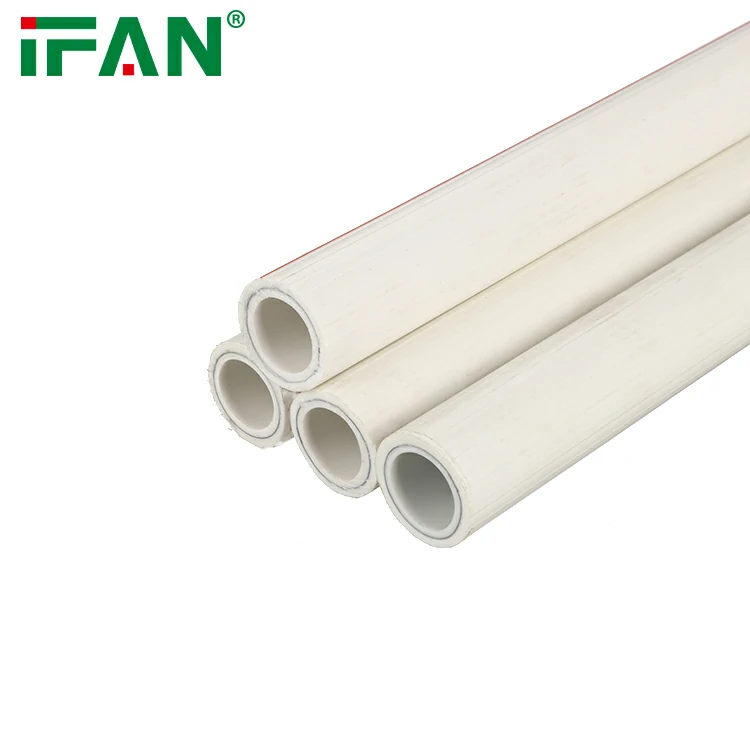
Milestones in Othmann’s Journey
- Pioneering Innovation: Othmann was among the first companies to introduce PPR pipes in the market, recognizing the growing demand for efficient water management solutions. Their early adoption of this technology set the stage for their success in the industry.
- Expansion of Product Range: Over the years, Othmann has expanded its product range to include various sizes and pressure ratings of PPR pipes, fittings, and accessories. This diversification has allowed the company to cater to a wide range of applications, from residential plumbing to industrial installations.
- Quality Assurance: Othmann has always prioritized quality assurance, adhering to international standards and certifications. The company’s manufacturing processes are equipped with advanced technology, ensuring that every product meets stringent quality requirements.
- Sustainability Initiatives: As environmental concerns grow, Othmann has embraced sustainable practices in its manufacturing processes. The company focuses on producing recyclable products and minimizing waste, aligning with global sustainability goals.
- Global Reach: Today, Othmann’s products are distributed in numerous countries, making it a recognized brand in the global PPR pipe market. Their commitment to quality and innovation has earned them a loyal customer base worldwide.
The Growing Demand for Water Pipes
Urbanization and Infrastructure Development
The rapid urbanization witnessed across the globe has led to an increased demand for efficient water supply systems. As cities expand, the need for reliable plumbing solutions becomes critical. Governments and organizations are investing heavily in infrastructure development, creating opportunities for companies like Othmann to provide high-quality PPR pipes for various projects.
Water Quality Concerns
Access to clean and safe drinking water is a pressing issue in many parts of the world. Contaminated water sources pose significant health risks, leading to a growing emphasis on using high-quality materials for water distribution. PPR pipes, with their resistance to corrosion and chemicals, are an effective solution to ensure safe water supply.
Government Regulations and Standards
Governments worldwide have implemented stringent regulations to ensure water quality and safety. Compliance with these standards is essential for manufacturers and suppliers in the plumbing industry. Othmann’s PPR pipes, which meet international quality benchmarks, are well-positioned to meet these regulatory requirements.
Market Trends for PPR Pipes
Increasing Adoption in Residential Plumbing
As consumers become more aware of the importance of water quality, the demand for reliable plumbing solutions is on the rise. Othmann’s PPR pipes are gaining traction in residential applications due to their durability, ease of installation, and cost-effectiveness. Builders and contractors are increasingly recommending these pipes for new housing projects and renovations.
Industrial Applications
The industrial sector is also witnessing a growing demand for PPR pipes. Industries such as food and beverage, pharmaceuticals, and chemical processing require reliable piping solutions that can withstand harsh conditions and maintain product integrity. The versatility of Othmann’s PPR pipes makes them suitable for a wide range of industrial applications.
Investment in Infrastructure Projects
The commitment to substantial investments in infrastructure, including water supply systems and sewage treatment facilities, is expected to create a favorable environment for the adoption of PPR pipes. Othmann stands to benefit from increased demand as these projects progress.
Technological Advancements
Advancements in manufacturing technologies are enhancing the quality and performance of PPR pipes. Innovations in production processes lead to the development of pipes that are not only more durable but also more cost-effective. Othmann continues to invest in research and development, ensuring that its products remain competitive in the market.
Challenges Facing the PPR Pipe Market
Competition from Alternative Materials
Despite their advantages, PPR pipes face competition from alternative materials such as PVC, CPVC, and traditional metal pipes. Each material has its benefits, and manufacturers must effectively communicate the unique advantages of PPR pipes to gain market share.
Cost Considerations
While PPR pipes offer long-term savings, the initial cost may be higher than that of traditional materials. Price sensitivity among consumers and contractors may pose a challenge to widespread adoption. Othmann needs to highlight the long-term cost benefits of PPR pipes to overcome this hurdle.
Regulatory Compliance
Ensuring compliance with local and international regulations is crucial for manufacturers of PPR pipes. Navigating the complex regulatory landscape can be challenging, particularly for smaller companies. Othmann must continue to invest in quality assurance processes and certifications to meet regulatory requirements.
Future Prospects for PPR Pipes
Increasing Demand for Sustainable Solutions
As environmental concerns continue to rise, the demand for sustainable and eco-friendly plumbing solutions is expected to grow. Othmann’s PPR pipes, being recyclable and free from harmful chemicals, are well-positioned to meet this demand. The company’s commitment to sustainability in its production processes will likely give it a competitive advantage in the market.
Expansion into Emerging Markets
The growing urbanization in smaller cities and rural areas presents an opportunity for Othmann’s PPR pipes. As infrastructure development expands beyond major urban centers, the company can target these emerging markets to increase its customer base.
Government Support and Initiatives
Government initiatives aimed at improving water management systems and promoting the use of advanced materials will drive the demand for Othmann’s PPR pipes. Programs focused on enhancing water quality and safety will create a favorable environment for manufacturers and suppliers in the plumbing industry.
Technological Innovations
Ongoing advancements in manufacturing technologies will enhance the quality and performance of Othmann’s PPR pipes. The company’s investment in research and development will ensure that it remains at the forefront of innovation, catering to evolving market needs and consumer preferences.
Conclusion
Othmann’s 30-year legacy in the PPR pipe industry is a testament to its commitment to quality, innovation, and sustainability. As the demand for reliable water management solutions continues to rise, PPR pipes will play a crucial role in shaping the future of plumbing. With its strong foundation and focus on technological advancements, Othmann is well-positioned to lead the way in the PPR pipe market for years to come.
Frequently Asked Questions (FAQs)
1. What are PPR pipes used for?
PPR pipes are primarily used for water supply applications, including residential plumbing, industrial fluid transport, heating systems, and irrigation.
2. How long do PPR pipes last?
PPR pipes have a lifespan of over 50 years, making them a durable and cost-effective choice for long-term applications.
3. Are PPR pipes environmentally friendly?
Yes, PPR pipes are recyclable and free from harmful chemicals, making them an eco-friendly option for plumbing systems.
4. How do PPR pipes compare to traditional materials like PVC?
PPR pipes offer superior durability, temperature resistance, and a lower environmental impact compared to traditional materials like PVC, making them a more sustainable choice for water supply systems.
5. What challenges does the PPR pipe market face?
Challenges include competition from alternative materials, cost considerations, and the need for regulatory compliance. Manufacturers must address these challenges to increase market adoption.

